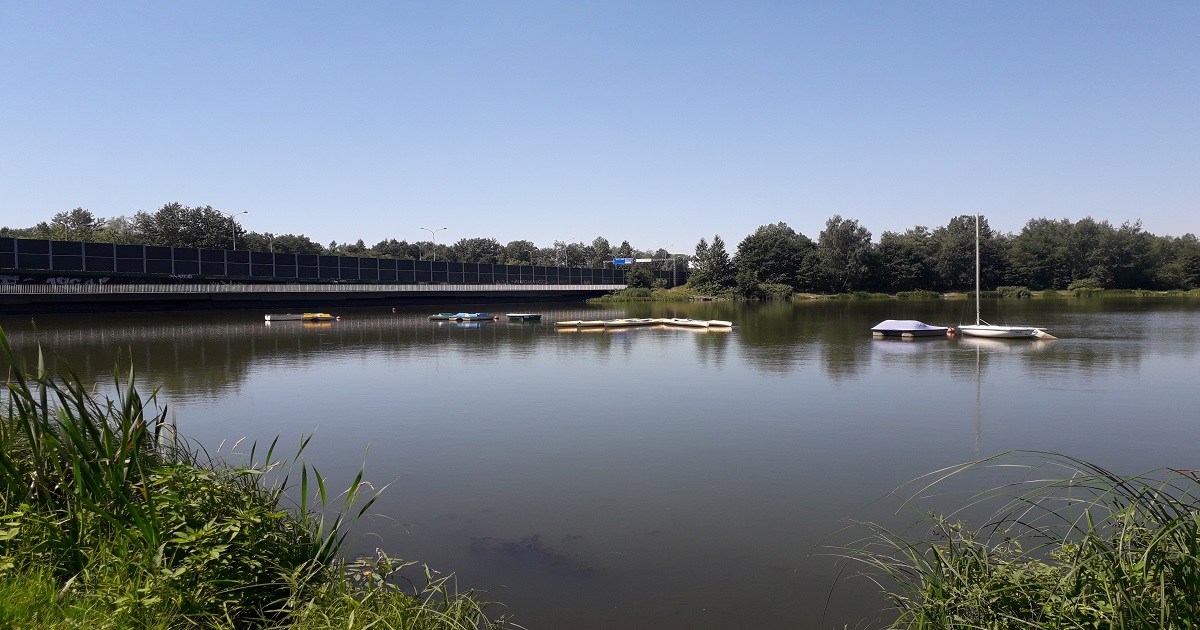The Impact of Environmental Changes and Human Activity on Aquatic Ecological Diversity
A special issue of Water (ISSN 2073-4441). This special issue belongs to the section "Biodiversity and Functionality of Aquatic Ecosystems".
Deadline for manuscript submissions: closed (30 June 2023) | Viewed by 16385

Special Issue Editors
Interests: human impact; aquatic environments; invasive species; biodiversity; forest lakes; environmental factors; aquatic pollution; environmental monitoring and assessment; benthos ecology
Special Issue Information
Dear Colleagues,
Human activity involves aquatic ecosystems on a huge scale, especially in the last 50 years, in which water habitats have been altered more rapidly and extensively than in any other period in history. Rapid industrialization and economic development have led to the unprecedented transformation of different freshwater ecosystems and, consequently, to the loss of biodiversity. Urbanization, agricultural land uses, urban and industrial wastes, draining of wetlands and pollution discharges have changed the aquatic environments globally, which has affected aquatic riparian- and biodiversity. Human activities, industrial discharges, and pollution can manifest as alterations in the physical and chemical parameters of the water, and changes in the structure of biological communities. In view of the constant devastation of water ecosystems, there is a strong need to protect these environments because they constitute habitats for invertebrate fauna, as well as rare or protected species. How human activity puts strain on aquatic environments and aquatic ecological diversity is one of the most important concerns in aquatic ecology currently. In this Special Issue, entitled “The Impact of Environmental Changes and Human Activity on Aquatic Ecological Diversity”, we review and contrast the various impacts of human activity on streams, rivers, water bodies, lakes, and associated systems and thus on the diversity of aquatic organisms. We welcome papers that report on these issues at local, regional, and global scales to evidence the magnitude of their effects and how these can be managed to protect the environment and limit human pressure.
Dr. Aneta Spyra
Dr. Anna Cieplok
Guest Editors
Manuscript Submission Information
Manuscripts should be submitted online at www.mdpi.com by registering and logging in to this website. Once you are registered, click here to go to the submission form. Manuscripts can be submitted until the deadline. All submissions that pass pre-check are peer-reviewed. Accepted papers will be published continuously in the journal (as soon as accepted) and will be listed together on the special issue website. Research articles, review articles as well as short communications are invited. For planned papers, a title and short abstract (about 100 words) can be sent to the Editorial Office for announcement on this website.
Submitted manuscripts should not have been published previously, nor be under consideration for publication elsewhere (except conference proceedings papers). All manuscripts are thoroughly refereed through a single-blind peer-review process. A guide for authors and other relevant information for submission of manuscripts is available on the Instructions for Authors page. Water is an international peer-reviewed open access semimonthly journal published by MDPI.
Please visit the Instructions for Authors page before submitting a manuscript. The Article Processing Charge (APC) for publication in this open access journal is 2600 CHF (Swiss Francs). Submitted papers should be well formatted and use good English. Authors may use MDPI's English editing service prior to publication or during author revisions.
Keywords
- water pollution
- aquatic diversity
- human impact
- human pressure
- aquatic invertebrates
- aquatic ecology
- biodiversity loss
- environmental changes
Benefits of Publishing in a Special Issue
- Ease of navigation: Grouping papers by topic helps scholars navigate broad scope journals more efficiently.
- Greater discoverability: Special Issues support the reach and impact of scientific research. Articles in Special Issues are more discoverable and cited more frequently.
- Expansion of research network: Special Issues facilitate connections among authors, fostering scientific collaborations.
- External promotion: Articles in Special Issues are often promoted through the journal's social media, increasing their visibility.
- e-Book format: Special Issues with more than 10 articles can be published as dedicated e-books, ensuring wide and rapid dissemination.
Further information on MDPI's Special Issue polices can be found here.






